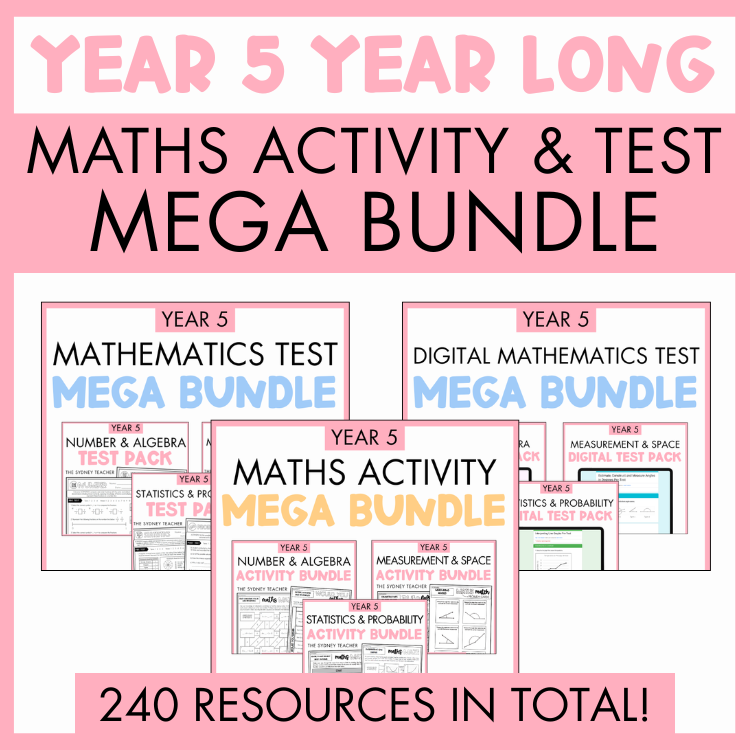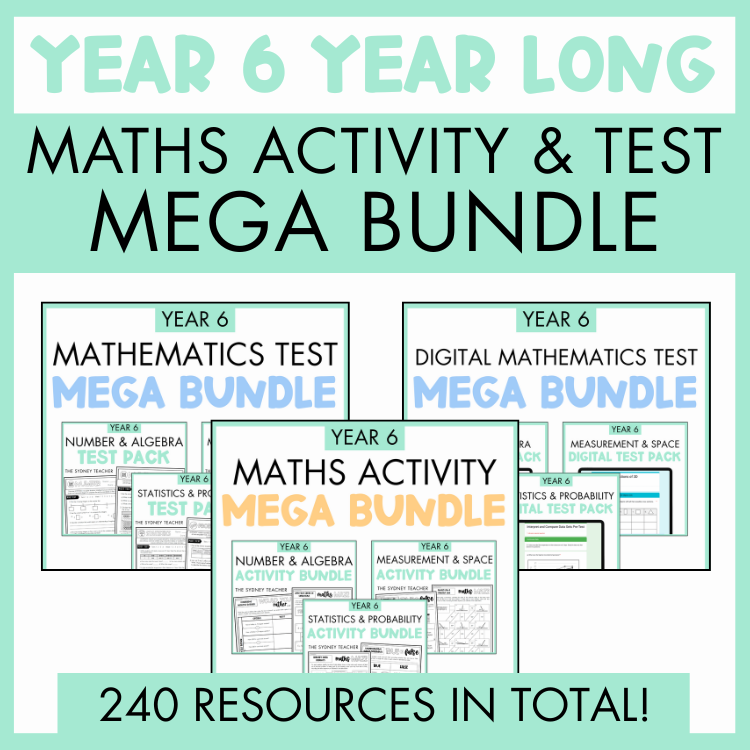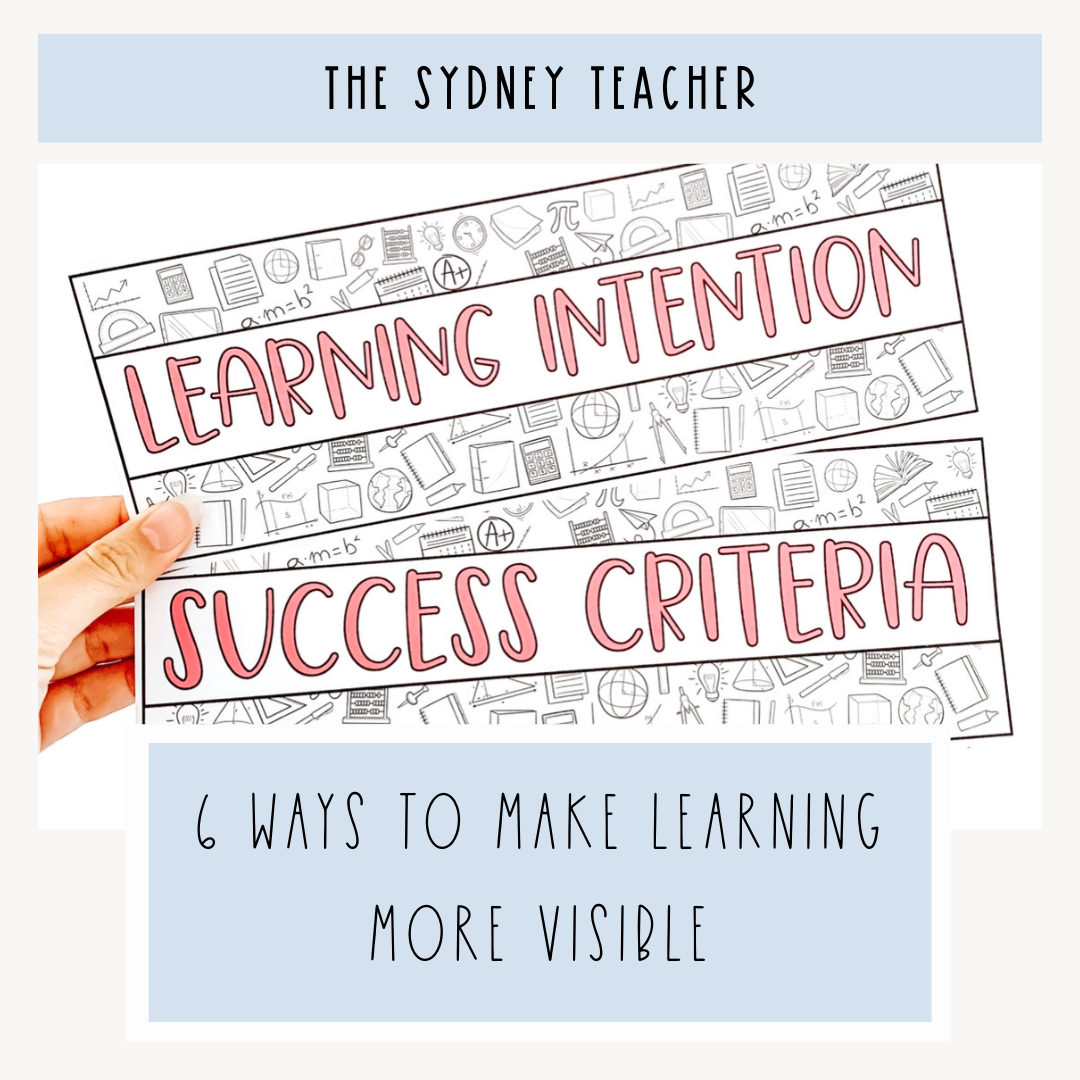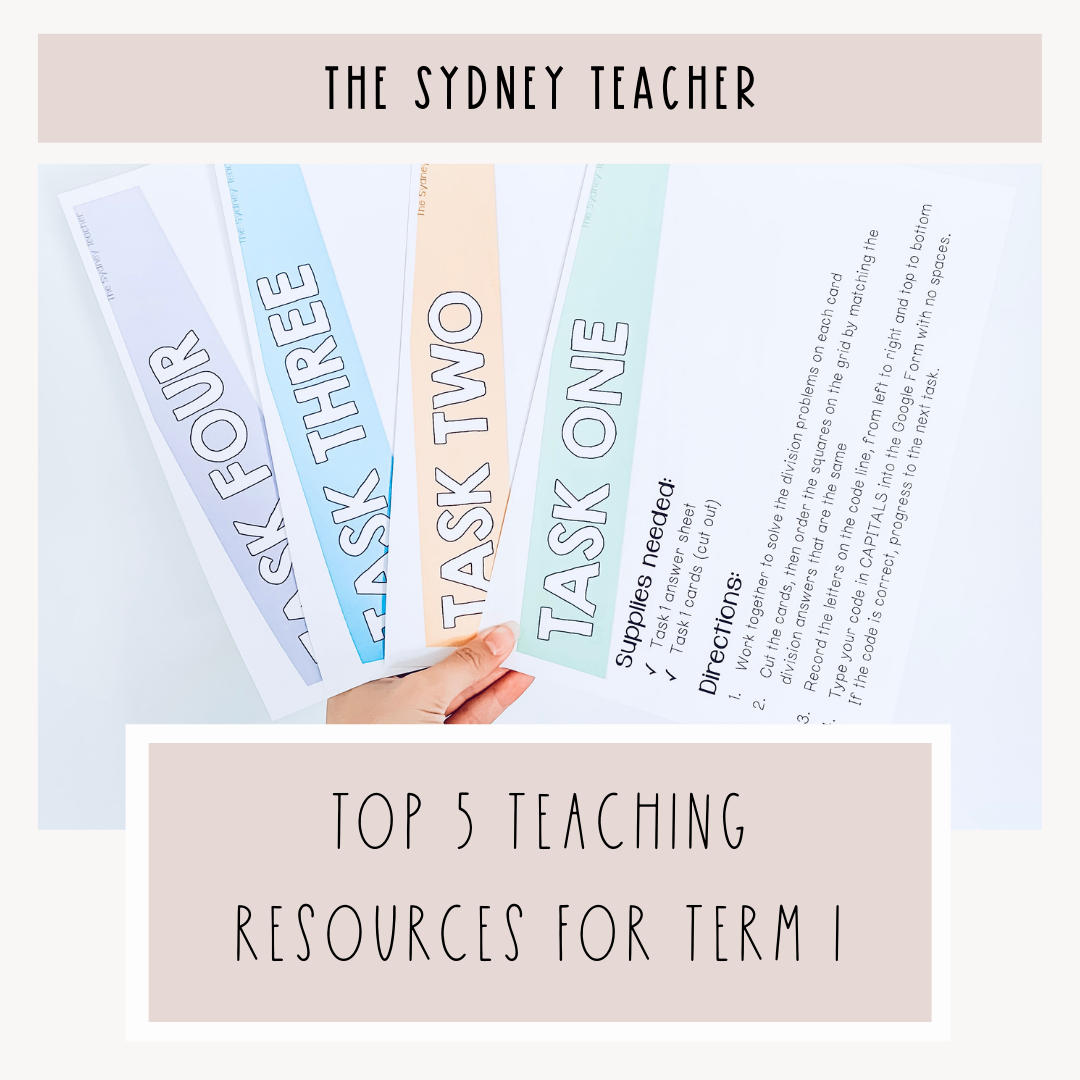If you've been a teacher for a while, you will have no doubt heard of Professor John Hattie, and what he calls visible learning.
Over the course of his 30-year landmark study, Hattie analysed more than 800 meta-analyses, involving more than 250 million students. Through this research, Hattie found that the most effective teachers were evaluators of their impact. They focused less on how they were teaching, and more on how well their students were learning.
These findings highlight the importance of making learning visible, because it is through student dialogue, formative assessment and feedback, that teachers are able to know thy impact.
In my primary classroom, I endeavoured to make learning visible and know my impact in every lesson. Using the 6 resources below, I actively monitored student understanding, and meaningfully adjusted and differentiated learning.
1. The 'Lucky' Cup

The quickest and easiest way to make learning visible is through discussion. When students ask and answer questions, it is possible to both identify and rectify misconceptions. Facilitating open, free-flowing and judgement-free dialogue that maximise this practise however, can be challenging.
As with most teachers, I found that in my class, there were always students immediately eager to share their ideas (however relevant or irrelevant to the topic), while others were reluctant to share, due to a lack of self confidence or perfectionism and the need to be 'right'. There was also usually a third group, those who were somewhat indifferent to what was happening around them, quite happy to wait until the answer was revealed by a peer.
This is where the 'Lucky' cup comes in.
The 'Lucky' cup is simply a cup of paddle pop sticks with student names written on them. So why is this simple idea my number 1? Because it is the least expensive and most effective tool for increasing participation and accountability in class discussions. Rather than having hands up to answer questions, students are selected at random using the 'Lucky' cup. As long as students are given appropriate wait/thinking time (at least 20 seconds), you will be amazed at how effective this tool is in eliciting answers from even reluctant learners.
This strategy does wonders for accountability and participation though it will take time and consistent use for students to get used to, as they are often accustomed to answering questions on their terms when they are absolutely confident they will get an answer correct. However, given that the purpose of a discussion is to discuss, it isn't necessary or even desirable to only hear correct answers from confident students. Misconceptions are often the beginning of amazing debate and of course, LEARNING!
2. Discussion Prompts

Now that you're using the Lucky Cup and all students have an opportunity and the expectation to participate, what do you do when a student says "I don't know?" While you can try to coax a response from them, because you know they do know something relevant, what if they are still insistent they don't? At this point, how can you possibly know thy impact?
It's now time to introduce my Visible Learning Sentence Stems!
This FREE display literally prompts students on what to say instead of "I don't know"
- Can I have more thinking time?
- Can you repeat the question?
- Can I have a clue?
- Can I ask a friend?
- This reminds me of...
- I understand... but I'm unclear about...
Of course it will take time and encouragement for students to refer to the display, but doing so will pay dividends. Students will begin to understand that it is ok to seek clarification or thinking time, and that it's important to make connections with prior learning.
As a teacher you'll also know how to meet student needs more effectively and efficiently. Because when a student says I don't know, this could actually mean any number of things, including but not limited to "I didn't listen to the question", "I am unsure what a word means", or "I don't have the confidence to share my idea". Using the sentence stems will tease out exactly what it is a student is having difficulty with.
One of my proudest moments as a teacher was when one of my most reluctant learners began to say "I don't..." but then stopped, turned his head and read off the prompt, "Can I have more thinking time?" I beamed and said, "Of course, I'll ask a few more students and then get back to you!"
The self-reflection, self-advocacy and self-esteem building you get out of such a simple tool is truly amazing!
You can find this freebie in my free resource library! Just create an account HERE and log in HERE to access this and many more exclusive freebies!
3. Learning Intentions and Success Criteria
Over the last 10 years, displaying and discussing Learning Intentions and Success Criteria (LISC) has become a lot more common place, and this is for good reason. According to Professor Dylan Wiliams (author of Embedding Formative Assessment), clarifying, sharing and understanding learning intentions is 1 of 5 key strategies for improving learning outcomes. But what exactly are LSIC? The Australian Institute for Teaching and School Leadership (AITSL), summarise Wiliams' work as follows:
_______________________________________________
Learning Intentions:
Learning Intentions are descriptions of what learners should know, understand and be able to do by the end of a learning period or unit. Learning intentions are the basis for tracking student progress, providing feedback and assessing achievement.
Success Criteria:
Success criteria are the measures used to determine whether, and how well, learners have met the learning intentions.
_______________________________________________
Given that LISC should form the basis of feedback and assessment, it is important that they are not only displayed, but discussed and written in student-friendly language. To be most effective, LISC should be constructed with students, rather than imposed upon them.
When used effectively, LISC helps both students and teachers, as both are able to track and assess student progress. Teachers can therefore better understand their impact, and make adjustments to the learning as necessary.
Looking for a simple but stylish display for your LISC like the ones above? Check out my Line Art Labels!
4. Feedback Slips
When Learning Intentions and Success Criteria (LISC) are displayed, referred to, and well understood by teachers and students, feedback is likely to be much more relevant and effective. Done well, feedback doesn't just show a learner where they are now, it shows them where to next.
_______________________________________________
Black and Wiliam (2009), detail five strategies for putting feedback into practice:
1. Clarifying, sharing and understanding learning intentions and criteria for success
2. Engineering classroom activities that elicit evidence of learning
3. Providing feedback that moves learners forward
4. Activating students as instructional resources for one another
5. Activating students as the owners of their own learning.
_______________________________________________
In my classroom, I use a mixture of teacher, peer and self assessment. To make this process both efficient and consistent, I use the feedback templates shown above. With the option to print onto post it notes, or onto coloured paper / cardboard - these feedback slips make providing feedback quick and easy. With enough practice, and a sound understanding of the learning intentions and success criteria, students as young as Year 2 are excellent peer and self-assessors!
Like the look of my Feedback Post It Pack? Check it our HERE!
5. Personalised Learning Targets
When students understand where they are going, through learning intentions and success criteria, and how to get there, through effective and formative feedback, they then need to put it into action! Of course, this is easier said than done, given how much attention students usually pay to feedback. Without proper systems in place, feedback is rarely given more than a passing glance.
That is where my Learning Target Post Its come in. These templates go hand in hand with my Feedback Slips, and allow students to record personal targets that they are responsible for monitoring! When the chosen skill is demonstrated, students get a hole punch. Once shown 3 times, students and teachers do a happy dance, then choose another skill to target.
In establishing a personal target for each student and giving them a way to celebrate their success, students take much more responsibility for reading and acting on their feedback!
For teachers, this visible learning strategy makes reflecting on and planning lessons much easier, as the targets clearly show where to next!
Want to use my Learning Targets in your classroom? You can find them HERE!
6. Pre and Post Assessments
One of the best ways to know thy impact is to not only formatively assess, but assess students before and after learning takes place. By comparing pre- and post-assessments, teachers will get a clear indication of impact.
While these forms of assessment are important, they are not beneficial to teachers or students when they take hours to complete and mark.
I have worked hard to address this issue especially in maths, as topics tend to change frequently. Completing a lengthy pre-test on a Monday only to do it all again as a post-test on Friday is a waste of energy, not to mention learning time. That is why I created self-marking digital pre- and post-tests for every mathematics outcome in the Australian curriculum. They only take students around 10 minutes to complete, and better yet take me ZERO time to mark! I get a quick snapshot of student understanding and can put this data to use immediately.
Like the look of these digital pre and post assessments? I have a set for Year 3, Year 4, Year 5 and Year 6!
_______________________________________________
So there you have it, my 6 resources for making learning visible! As I continue in my pursuit to improve my practise, I will keep researching and making innovative resources to share with you!
If you have any questions or suggestions, please do get in touch!
Jess








